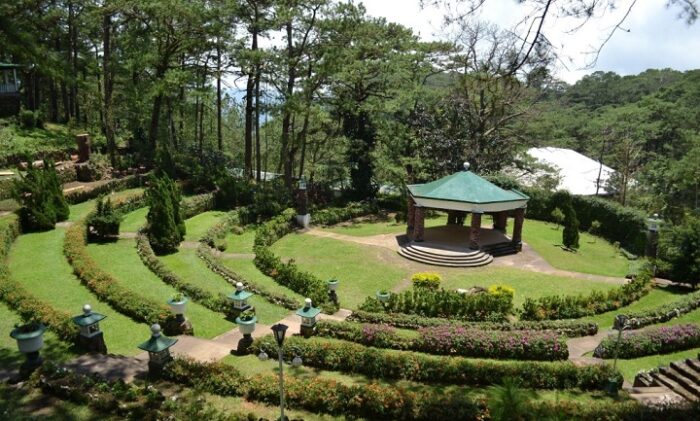Discover the Rich History of Camp John Hay
Camp John Hay is a former US military base transformed into a popular tourist destination in Baguio, Philippines. Located in the mountains, it offers a unique experience for visitors looking for a cool respite from the heat of the city. The area is known for its pine trees, crisp mountain air, and old-world charm.
The history of Camp John Hay dates back to the early 1900s when it was established as a military base for the United States Armed Forces. It was named after John Milton Hay, the US Secretary of State under Presidents William McKinley and Theodore Roosevelt. During World War II, the camp was occupied by the Japanese before being liberated by the Americans in 1945. Today, it serves as a testament to the rich history of the Philippines and its relationship with the United States.
Visitors can enjoy various activities, including hiking, golfing, shopping, and dining. The area also has several historical landmarks, such as the Bell House and the Cemetery of Negativism. With its breathtaking views and serene atmosphere, Camp John Hay is a must-visit destination for anyone traveling to Baguio, Philippines.
Historical Background
Origins and Early History
Camp John Hay is a former hill station and military base in Baguio City, Philippines. It was established in 1903 as a military post and sanitarium for American troops stationed in the Philippines during the Philippine-American War. The camp was named after John Milton Hay, who was the Secretary of State under President Theodore Roosevelt.
The camp was originally called “Kafagway” by the local Igorot people, which means “wide open space”. The area was later developed by the Americans into a resort and military base, with the construction of buildings, roads, and other infrastructure.
World War II Significance
During World War II, the camp played a significant role as a training base for the United States Armed Forces in the Philippines. It was also the site of a major battle between American and Japanese forces in April 1945. Japanese warplanes bombed the camp, causing significant damage to the buildings and infrastructure. The Americans eventually defeated the Japanese forces, led by General Tomoyuki Yamashita.
Post-War Development
After the war, Camp John Hay was transferred to the Philippine government and was used as a rest and recreation spot for military personnel and their…
Click Here to Read the Full Original Article at Out of Town Blog…
